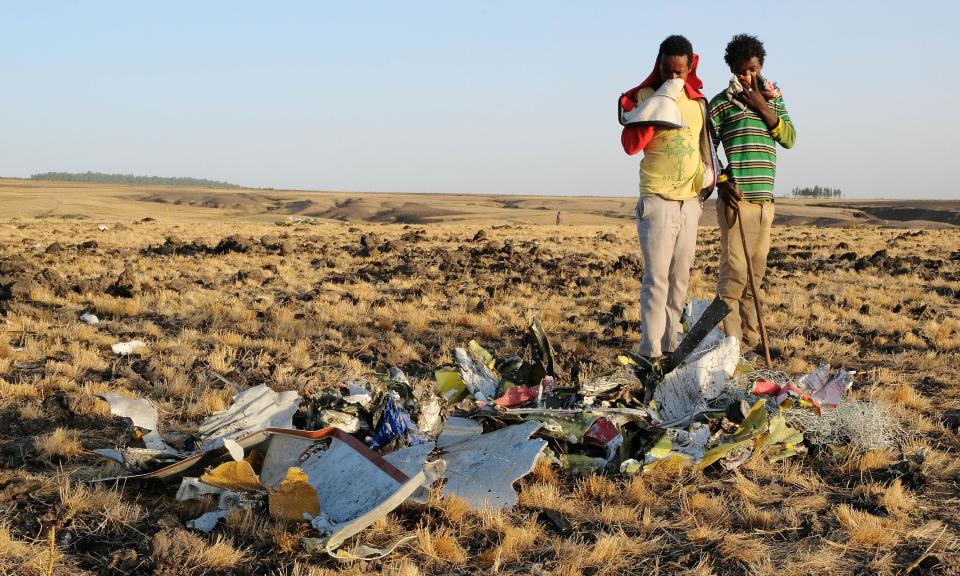Boeing dismissed chance of 'bird strike' that may have caused second 737 Max crash

Boeing officials, shortly after the first fatal crash of its 737 Max jet, played down the likelihood that a bird strike could impair the plane’s sensor equipment. Now investigators are exploring whether such a situation led to a second deadly accident just five months later.
Related: Boeing completes software update on 737 Max planes
According to the Wall Street Journal, US aviation authorities believe a bird collision may have set off the sequence of events that led to the downing of an Ethiopian Airlines 737 Max in March, in which 157 people died.
American Airlines pilots called a meeting with Boeing last November after a Lion Air Max crashed in Indonesia, killing all 189 passengers and crew.
The Journal reviewed a recording of the meeting in which Mike Sinnett, Boeing’s vice-president of product strategy, raised and dismissed the possibility that a bird strike could trigger a second crash by affecting the Max’s controversial sensor system.
Sinnett told the pilots he was “absolutely” confident that heightened pilot awareness following the Lion Air disaster had further reduced the chances of another accident.
Ethiopian Airlines has been facing criticism of its pilots’ conduct in the wake of the crash. At a House hearing into the accidents last week, the Federal Aviation Administration (FAA) administrator, Daniel Elwell, said pilot error contributed to the crash.
In both crashes, the Max’s anti-stall system, called the Maneuvering Characteristics Augmentation System (Mcas), appears to have forced the planes’ noses down shortly after takeoff, leaving the pilots struggling unsuccessfully to right the jets before they crashed.
The Mcas system may have been reacting to faulty information from sensors that could have been damaged by a bird strike.
Ethiopian Airlines has rejected accusations that its pilots contributed to the crash. Officials have said Boeing failed to provide cockpit alerts that would have warned the pilots about sensor errors.
Last week, the airline said its pilots followed procedures set out by the FAA and Boeing but “none of the expected warnings appeared in the cockpit, which deprived the pilots of necessary and timely information”.
Nine countries and the US justice department are currently investigating the crashes.

 Yahoo News
Yahoo News 